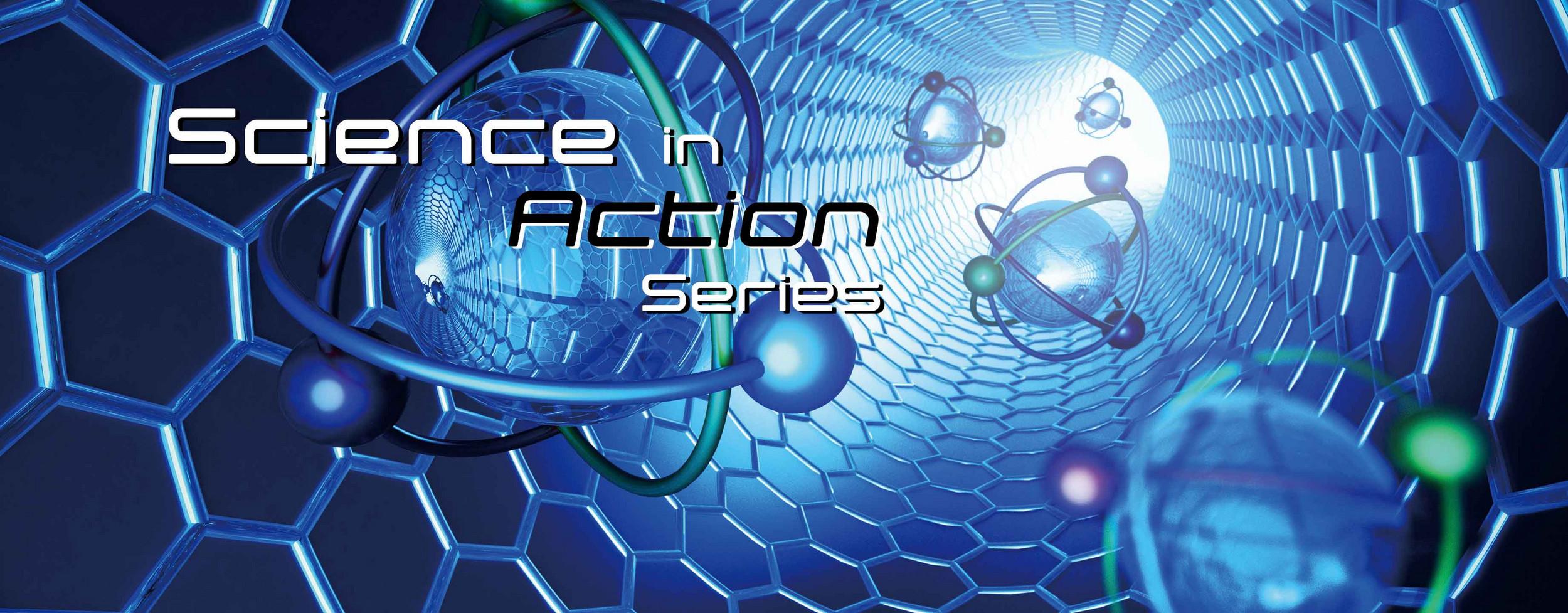
Technology often has unintended consequences.
Advancements in manufacturing and our underperforming recycling habits have created a new type of pollutant. Although often hidden from view, it threatens our ecosystem.
Microplastics are small bits of plastic, 5 millimeters or less, and either engineered for end-products, or the result of environmental degradation of polymer-based trash.
Researchers have found microplastics in marine and terrestrial life. It invades the food chain, and it’s even been found in salt, sugar, beer, alcohol, and honey. Not to mention glaciers and rainwater.
Microplastics are small bits of plastic, 5 millimeters or less, and either engineered for end-products, or the result of environmental degradation of polymer-based trash.
Primary microplastics are directly released into the environment as small plastic particles. These are intentionally engineered particles, like those found in some consumer and industrial products. Cosmetics have used microplastics as abrasives.
Secondary microplastics are the result of the degradation of large plastic waste, like plastic bags and bottles, into smaller plastic fragments when exposed to our environment.
Manufacturers engineer primary microplastics because of the unique physical and chemical properties created by its small scale. Those properties include durability, rigidity and abrasiveness. Density, size, shape and composition influence its properties.
Scientists use microplastics in many areas, including cosmetics, personal care, detergents, paints/coatings/inks, industrial abrasives, agriculture, pharmaceuticals, wastewater treatment and construction.
But these particles often weather, degrade or abrade from environmental or physical events, ending up in our oceans and elsewhere.
Some microplastics seep into our tributaries from wastewater and groundwater discharge, eventually finding its way to our oceans.
About three quarters of all plastics that end up in the ocean originate on land, and are subsequently transported by rivers to the seas.
Plastic refuge, including discarded plastic bags and bottles, eventually breaks down into microplastic particles after being subjected to sunlight, sea water and the atmosphere. Marine life consumes these particles, mistaking it for food.
One the other hand, producers use engineered microplastics in a number of manufactured goods, including, cosmetic abrasives, laundry detergent and tires. The abrasives and detergent wash down our sinks and migrate into our tributaries from wastewater and groundwater discharge, eventually finding its way to our oceans.
Microplastics in tires degrade from wear and spill onto our roads. Rain carries it into our waterways.
Microplastics in water
Researchers have found microplastics in fresh water, wastewater, bottled water, and tap water.
Microplastic particles from plastic water bottles separate from the container and seep into the water we consume. Engineered microplastics from pollution, industrial and consumer goods get into our water supplies through runoff, consumption, and waste disposal with subsequent purification that cannot trap the tiny particles.
Microplastics can act as carriers for toxic materials and harmful organisms, which often latch onto its surface. Fish consume microplastics, and become exposed to these substances, posing a threat to its health. Moreover, by eating microplastics instead of food, marine life may be deprived of the nutrients it needs to survive.
We unwittingly consume roughly 5 grams of plastic each week in the form of microplastics, according to Australian researchers. That’s like eating a credit card every seven days.
We unwittingly consume roughly 5 grams of plastic each week in the form of microplastics, according to Australian researchers. That’s like eating a credit card every seven days - or more than a half-pound of plastic in 12 months.
Studies suggest humans eat and inhale up to 74,000 microplastic particles a year. Those who drink only bottled water ingest an additional 90,000 particles annually.
Microplastics can be toxic, depending on it composition. It can also act as a carrier of other molecules that cling to it. Some of those clinging molecules are bacterial, and others, viral.
Scientists fear the cumulative buildup of these toxins might affect the health of living organisms. Yet researchers are unsure about the volume of microplastics a body can tolerate or the damage it may cause.
What we do know is this - consuming microplastics can physically damage organs and leech hazardous chemicals like pesticides. Scientists have shown that these substances can weaken immune function and hinder growth and reproduction.
The World Health Organization reported in 2019 that the current level of microplastics in drinking water doesn't pose a health risk – yet. But the group said we need to know more.
Researchers from Johns Hopkins looked at the impact of eating seafood contaminated with microplastics. Their conclusion? The accumulated plastic we take in could damage the immune system and upset a gut's balance.
Still, the research on health effects are slim. Recent research, through particle analysis and Raman spectroscopy has begun to identify various microplastic types. Scientist are developing sampling, extraction and analysis methods so we can trace these particles back to its sources. That way, we can create public policy to address this potential threat.
Waste management and personal usage of plastic products can help address the volume of secondary microplastics in the oceans. But the problem with primary microplastics is more complicated.
Primary microplastics can improve the performance of consumer and industrial products. It has a positive economic effect, and improves our safety, comfort and standard of living. These products are ingrained in our economy, technology, and way of life.
The lack of clear and overwhelming data showing microplastics are harmful to humans makes it tough to legislate changes in its industrial usage.
However, the U.S. Congress passed the Microbead-Free Waters Act of 2015. It banned the manufacture and retail sale of microbead-containing personal care products. All provisions of the act went into effect by 2018.
More conclusive research into the health effects of microplastics may be a prerequisite for greater regulatory change. That and a legislative environment receptive to limiting the impact of primary microplastics on our environment.
HORIBA제품의 자세한 정보를 원하시면, 아래의 양식에 내용을 입력을 부탁드립니다.